11 Tips for Great Sensory Learning Activities
October 2, 2025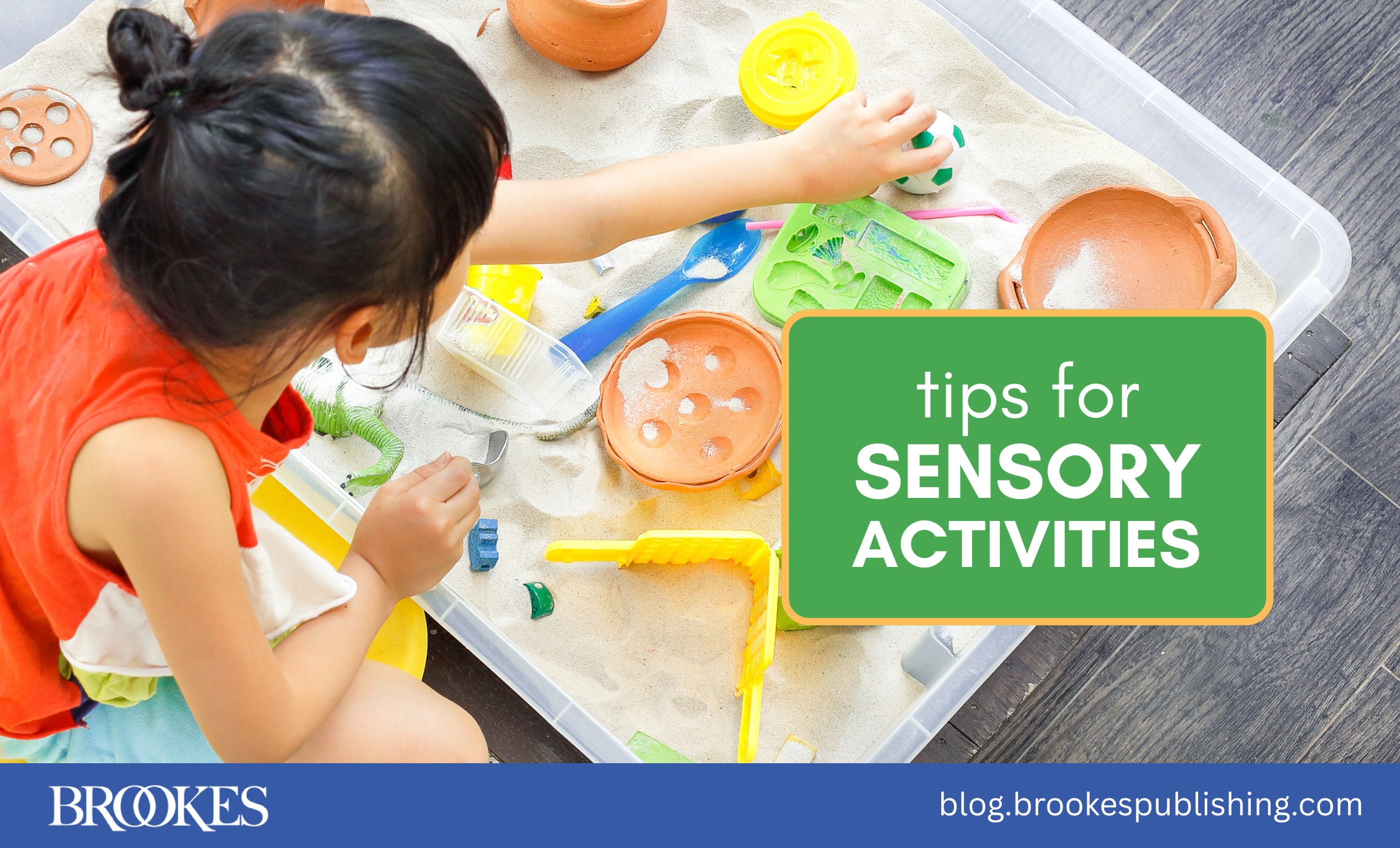
Sensory activities provide a perfect opportunity for young children to learn important social, motor, problem-solving, and early STEM skills. Try the 11 strategies in this article to help make sensory play a great learning experience for children—and promote cooperation and communication with both peers and adults. (These tips are adapted from Volume 5 of the tiered AEPS®-3 Curriculum—the “Ready” level, which encompasses more complex developmental and early academic skills.)
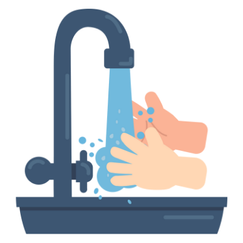 Set some guidelines
Set some guidelines
Set up sensory play in an environment that can get messy. Make some simple rules for sensory play and consistently enforce them. For example, you might ask children to wear a smock during water play and remember to wash hands before and after water play and/or sand play. Some children may benefit from a picture schedule to help them remember the rules for sensory activities.
 Maximize your space
Maximize your space
Make the most of limited space for sensory play by giving children small bins they can play with and then easily pick up and move. This will help you free up the space for other activities during the day.
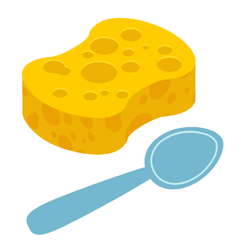 Include items that boost fine motor development
Include items that boost fine motor development
Sensory play is a great opportunity to promote motor development and body awareness. Help children develop manual dexterity and hand-eye coordination by using a variety of items that encourage development of fine motor skills—for example, tweezers, spoons, and sponges.
 Teach social and communication skills
Teach social and communication skills
During sensory activities, converse with children and adults about topics that interest them. Describe materials and processes verbally during sensory play using parallel talk (describe what you are doing, what the child is doing, how materials feel to you). Look for opportunities to teach conflict resolution, relationship building, and cooperative play skills. Throughout play time, act as a resource to children by offering interesting, open-ended ideas and thoughts.
 Build early math and science skills
Build early math and science skills
Help children build math skills during sensory play by giving them measuring cups to play with that show size and quantity, and encouraging them to count items. Show children how to distinguish among various characteristics (warm, cool, wet, dry, smooth, rough), a skill that enables them to sort and classify objects. You might add bubbles, ice, and washable color tablets to the water table, along with items for mixing, measuring, and experimenting with sinking and floating.
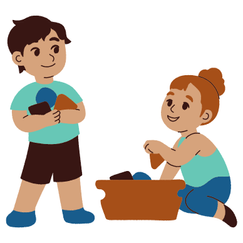 Group children to facilitate learning
Group children to facilitate learning
Encourage peer modeling and shared learning by grouping children who are still learning skills with those who are more proficient. For instance, if a child is learning to take turns, encourage them to play with a peer engaged in a turn-taking activity, such as using a sifter to fill buckets with sand.
 Help kids learn to wait and share
Help kids learn to wait and share
Some children may find it hard to wait for popular sensory activities. To support their sharing and waiting skills. create a wait list where children can sign their names and keep track of when it will be their turn. Consider using a visual timer when several children are waiting to play with a particular sensory activity.
 Provide supports and modified materials
Provide supports and modified materials
For children who have disabilities and support needs, consider what they might need to successfully participate in sensory play. Provide supports such as magnified materials, hand-under-hand guidance, or modified materials that are easier to grasp and manipulate.
 Use physical and verbal prompts
Use physical and verbal prompts
Facilitate learning with prompts for children who may benefit from them. Show the child how to move a whisk to make bubbles in the water table. Use specific verbal prompts to direct the child to water play or another sensory experience—for instance, say “Pour the sand through the sifter to find the little rocks.”
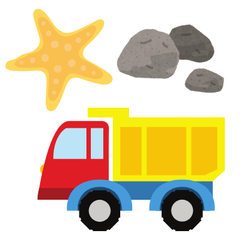 Switch it up
Switch it up
Switch out sensory materials regularly to provide opportunities to experience new materials and keep children interested. For example, consider adding rocks, seashells, small animals, vehicles, or other manipulatives to the sand and water tables. Keep children engaged by offering manipulatives that are meaningful to them—if you notice that children have been talking about construction trucks, add small trucks to the sand or water table.
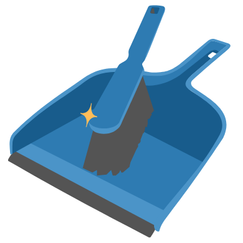 Involve kids in cleanup
Involve kids in cleanup
Keep an extra towel near the water table and small brooms and dustbins near the sensory table, and let children help clean up sensory materials after play. Promote problem-solving skills by asking children to help come up with ways to keep sensory areas clean.
Note: Make sure all sensory play materials are nontoxic, safe to use, and washable for easy cleanup. Check the ingredients of all materials before use, especially if children who have allergies are present.
Use the tips in this article to make the most of sensory play activities in your early childhood classroom. Is there a favorite sensory play activity your young learners especially love? Tell us in the comments below!
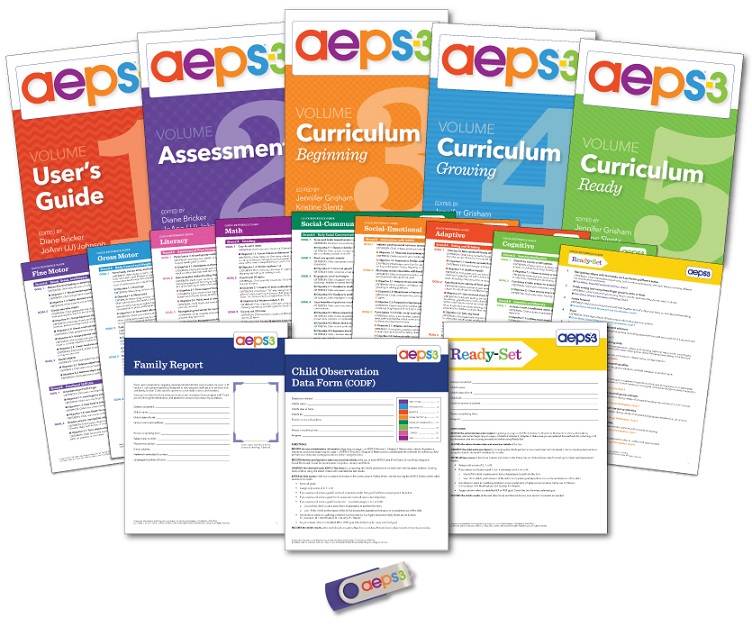 Learn more about AEPS-3—a seamlessly linked assessment and curriculum system that helps early childhood programs ensure that children with disabilities and support needs make real progress. Join a demo and start your no-risk trial today!
Learn more about AEPS-3—a seamlessly linked assessment and curriculum system that helps early childhood programs ensure that children with disabilities and support needs make real progress. Join a demo and start your no-risk trial today!

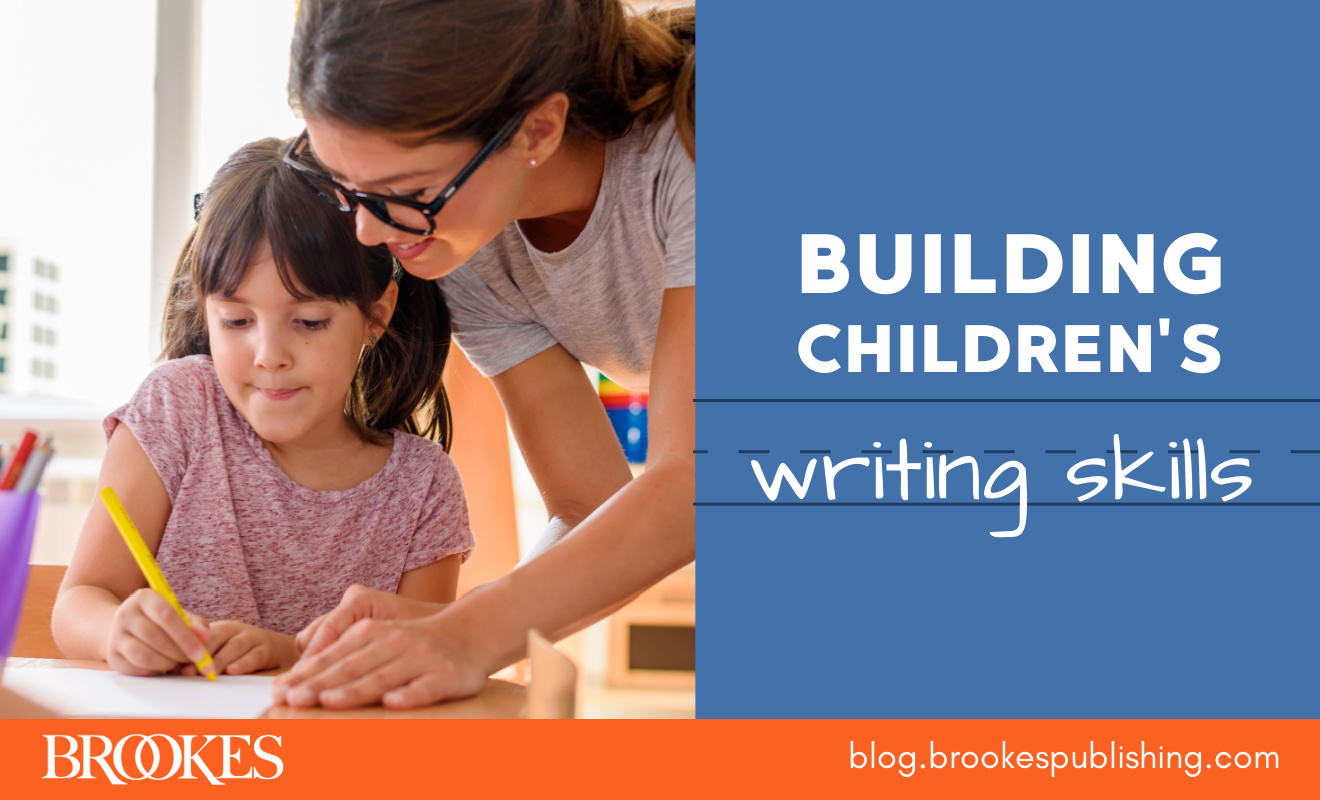
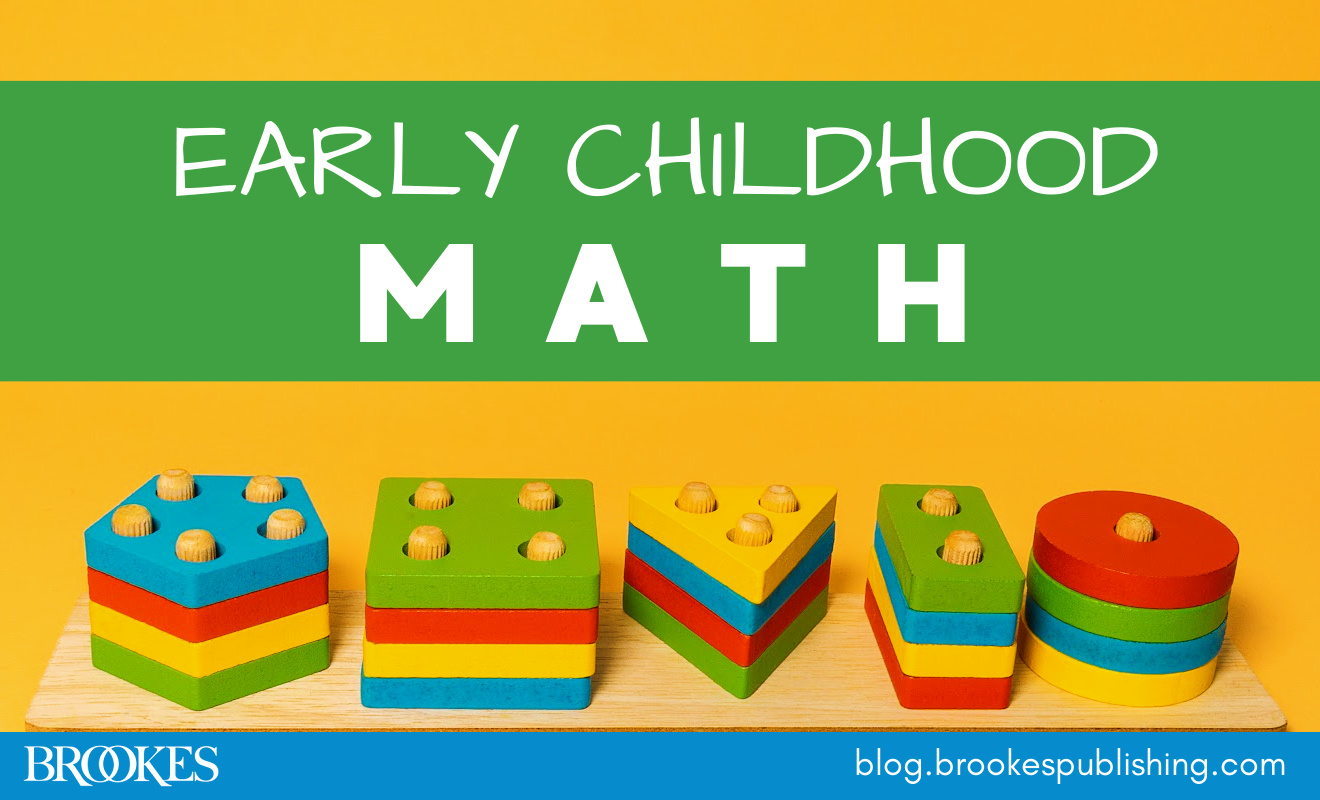
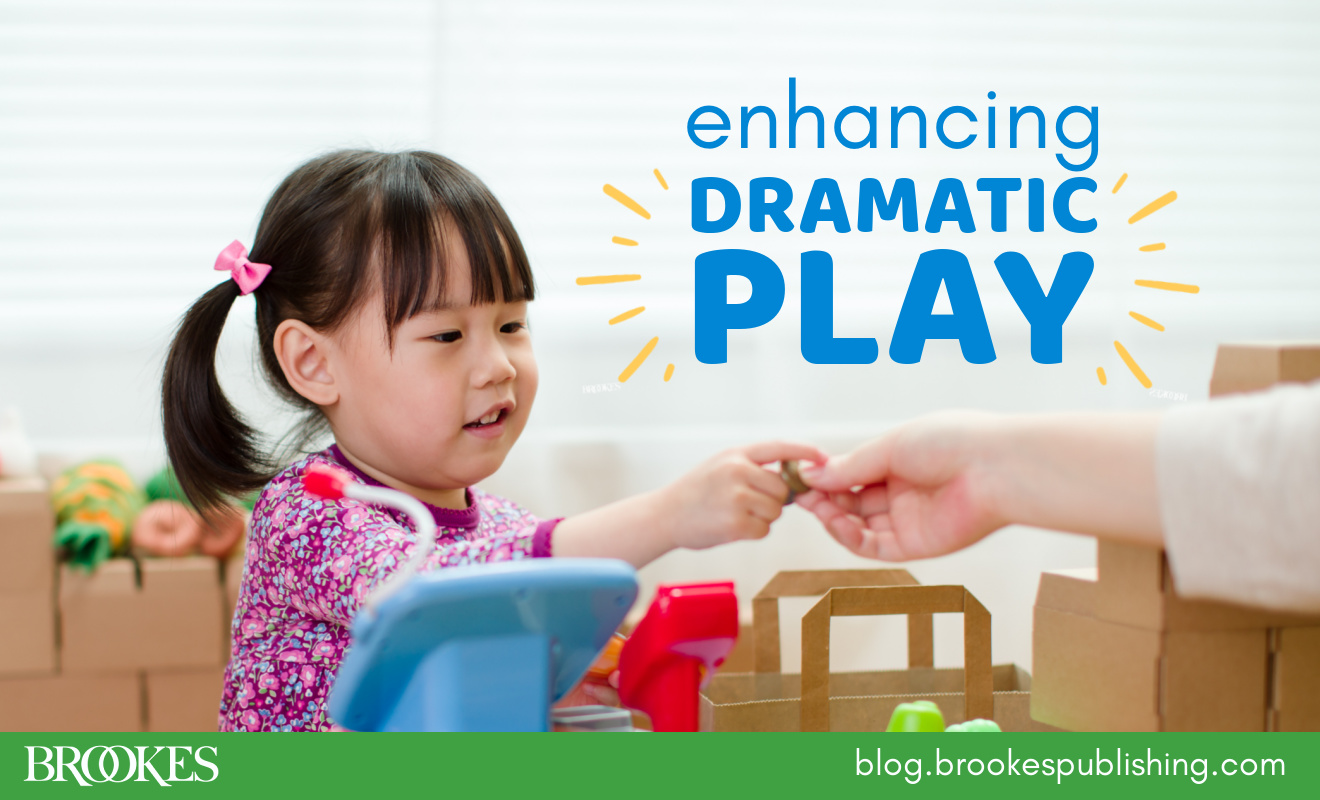
Write a Comment
Your email address will not be published. Required fields are marked *
Post a Comment